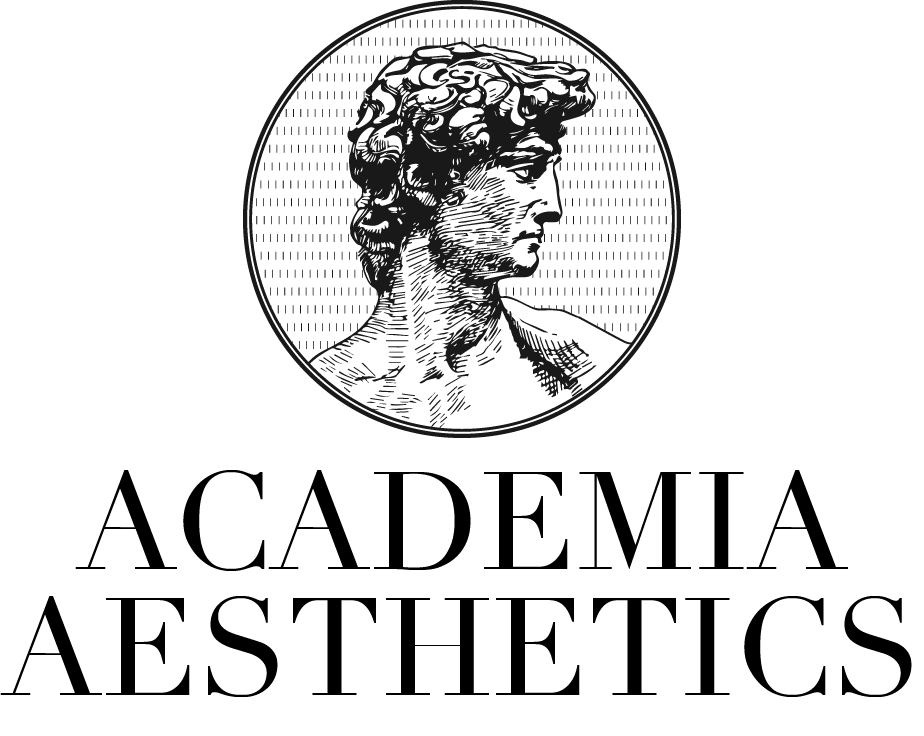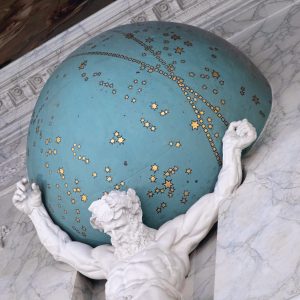Jacob van Campen
Showing the single result
Jacob van Campen was a Dutch architect, painter, and designer who played a significant role in the development of classicist architecture in the Netherlands during the 17th century. After receiving his training in painting and drawing from Pieter Lastman, he traveled to Italy to study classical architecture and design. Upon his return to the Netherlands, he became an architect for the stadtholder, Prince Maurits of Nassau, and designed several important buildings, including the Mauritshuis, ‘t Loo Palace, and the Royal Palace in Amsterdam. His style was characterized by classical elements and symmetrical layouts, and he is considered one of the most important architects of his time.

